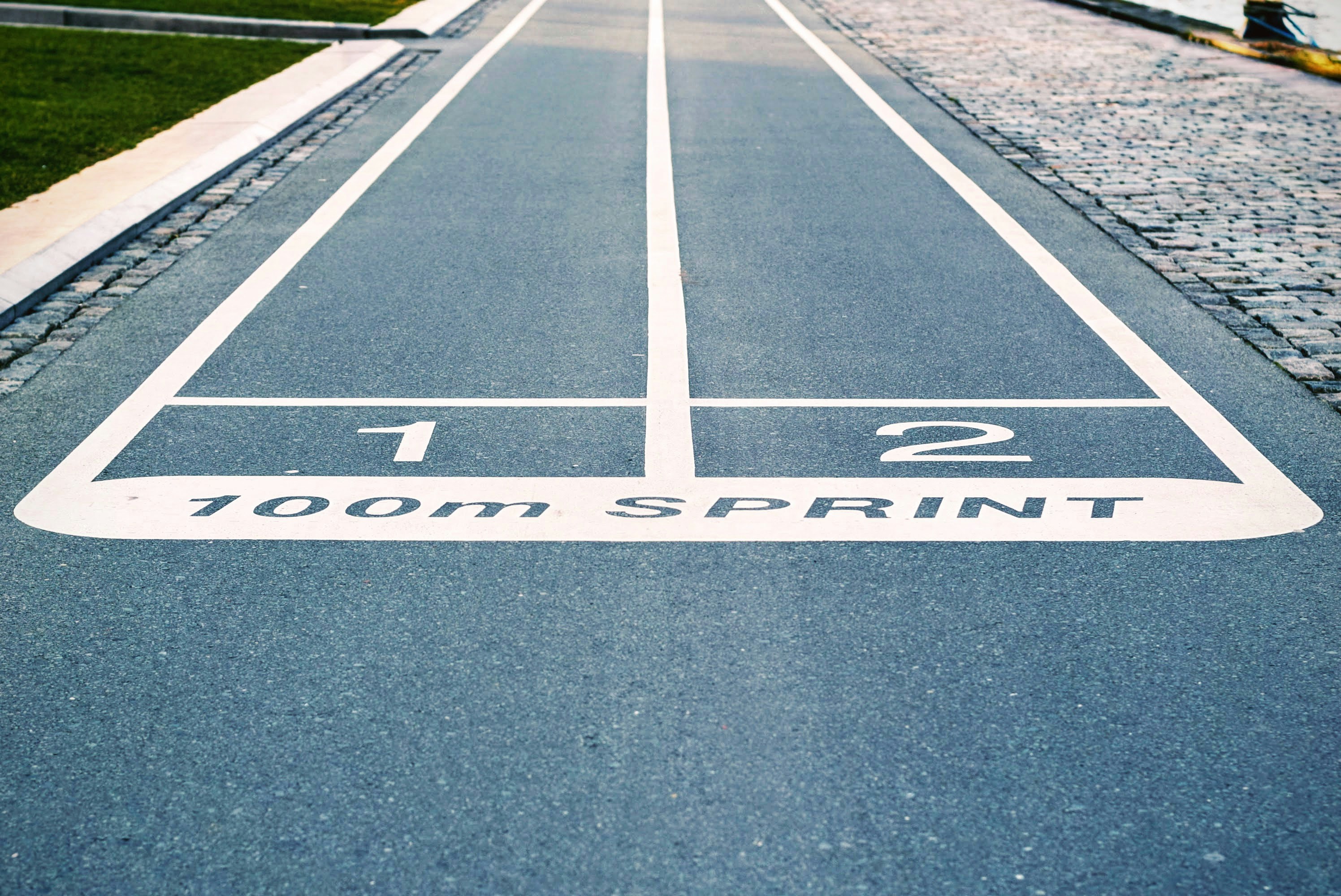Breaking Down the Biomechanics of Swimming: An In-Depth Analysis
In the world of athletics, the sport of swimming stands out as a unique blend of strength, skill, and strategy. The water's resistance, the swimmer's technique, and their physical conditioning all come together to create a fascinating spectacle of human performance. This article will delve into the biomechanics of swimming, exploring the science behind each stroke and the training methods that help athletes achieve maximum efficiency in the water.
Swimming: A Historical Overview
The art of swimming is as old as humanity itself, with cave paintings dating back 10,000 years depicting humans swimming. Over the centuries, different cultures developed various techniques and strokes, some of which have evolved into the styles we see in competitive swimming today.
The first modern swimming meet took place in London in 1837, and the sport has been a part of the Olympic Games since their revival in 1896. Over time, advances in sports science and technology have transformed swimming, with athletes continually pushing the boundaries of speed and endurance.
Biomechanics: The Science of Swimming
Swimming presents a unique challenge to the human body. Unlike terrestrial sports, where the ground provides a solid platform for movement, swimming requires athletes to generate their power while suspended in water. This situation requires a deep understanding of the biomechanics of swimming, including the principles of fluid dynamics, body mechanics, and energy expenditure.
At the heart of this is the concept of drag, the resistance that swimmers face when moving through the water. Minimizing drag requires a combination of optimal body position, streamlined technique, and efficient propulsion. Each swimming stroke—freestyle, backstroke, breaststroke, and butterfly—has its specific biomechanical considerations that athletes and coaches need to understand.
Training for Efficiency: The Quest for the Perfect Stroke
Training in swimming is a delicate balance of improving strength, skill, and stamina. It’s not enough to simply swim more laps; athletes must continually refine their technique to achieve maximum efficiency in the water.
This process involves meticulous analysis of each stroke, often with the help of video feedback and biomechanical modeling. Coaches look for ways to reduce drag, increase propulsion, and optimize the timing of each movement.
Navigating the Challenges of Swimming Training
Swimming training isn’t without its challenges. The repetitive nature of swimming can lead to overuse injuries, especially in the shoulders. Athletes also need to manage their energy levels carefully, as swimming is a highly demanding sport both physically and mentally.
However, with the right approach and guidance, these challenges can be managed. Prevention strategies, such as cross-training and strength training, can help reduce the risk of injury. A well-designed training program, coupled with adequate nutrition and recovery, can ensure that athletes maintain their performance levels throughout the season.
The Future of Swimming: New Insights and Developments
The world of swimming is constantly evolving, with new research and technology providing fresh insights into the biomechanics of the sport. Innovations such as wearable technology and advanced biomechanical modeling are helping athletes and coaches understand the science of swimming in more depth than ever before.
The result is a sport that continues to push the boundaries of human performance. As our understanding of the biomechanics of swimming deepens, we can expect to see even more impressive feats in the pool in the years to come.
In conclusion, the biomechanics of swimming is a complex and fascinating field, encompassing everything from the physics of water resistance to the intricacies of human movement. By understanding these principles, athletes can strive for greater efficiency in the water, pushing the limits of what’s possible in this challenging and rewarding sport.





